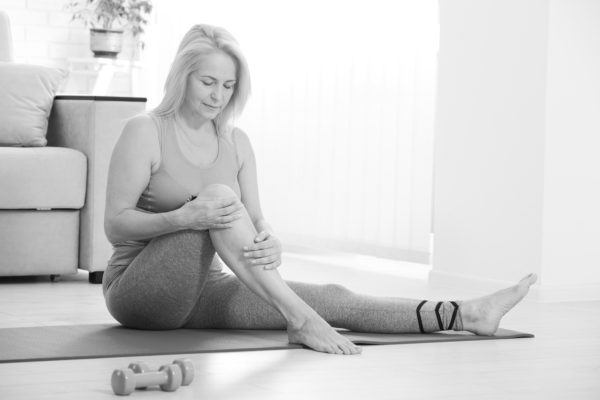Archives
Stay up-to-date and on top of your health with our e-Newsletter and receive updates on current treatments and vital health issues.
SNAP, CRACKLE, POP…your breakfast cereal or your joints?

Osteoarthritis is a very common condition affecting 9% of Australians and 35% of people over 80. It is a condition that causes inflammation of the joint as the cartilage that usually protects the bones from rubbing against one another deteriorates. When there is no longer cartilage covering the ends of the bones, they will rub together causing inflammation and pain. Although often described as ‘wear and tear’, osteoarthritis is now thought to be the result of a joint working extra hard to repair itself. As such, although arthritis can affect people of all ages, it is more common in people who are: over 40, female, overweight, have had joint injuries and those who have a family history of arthritis.
Arthritis can affect any joint; commonly the knees, hips, finger joints and big toes. The most common symptoms are joint pain and stiffness. Some people also experience noisy grinding clicking or popping as well as swelling and reduced movement in the joint. The pain is often worse during activity and after using the joint but when the condition is severe, the pain may be constant, with discomfort even at rest. Whilst arthritis is very common, its effect varies greatly. The impact of arthritis can be very mild or it can make daily activities such as walking, climbing stairs and opening jars difficult, if not impossible.
5 key ways to reduce pain associated with arthritis:
- Maintain a healthy weight
- Engage in low impact exercise
- Pain relief medications – speak to your doctor for a personalised pain management plan
- The use of equipment such as shoe insoles, or mobility aids can make daily tasks more manageable
- Joint injections – at times cortisone or platelet rich plasma injections may play a role in some osteoarthritic joints to reduce inflammation and promote remodelling.
Exercise, exercise exercise! Find new ways to stay active. Whilst exercise may be painful if you have osteoarthritis, it is strongly recommended to move the joints as much as possible. Not only is exercise important for maintaining a healthy weight. The physical movement actually stimulates the cells in the joint to produce synovial fluid which provides nutrients and lubrication to keep the joint as healthy as possible. Exercise also strengthens the muscles that support the joint and maintains mobility and flexibility. Seeing a physio or exercise physiologist may be helpful to tailor an exercise plan that suits your body’s needs – speak to your doctor to find out if you are eligible for subsidised sessions with these allied health specialists.